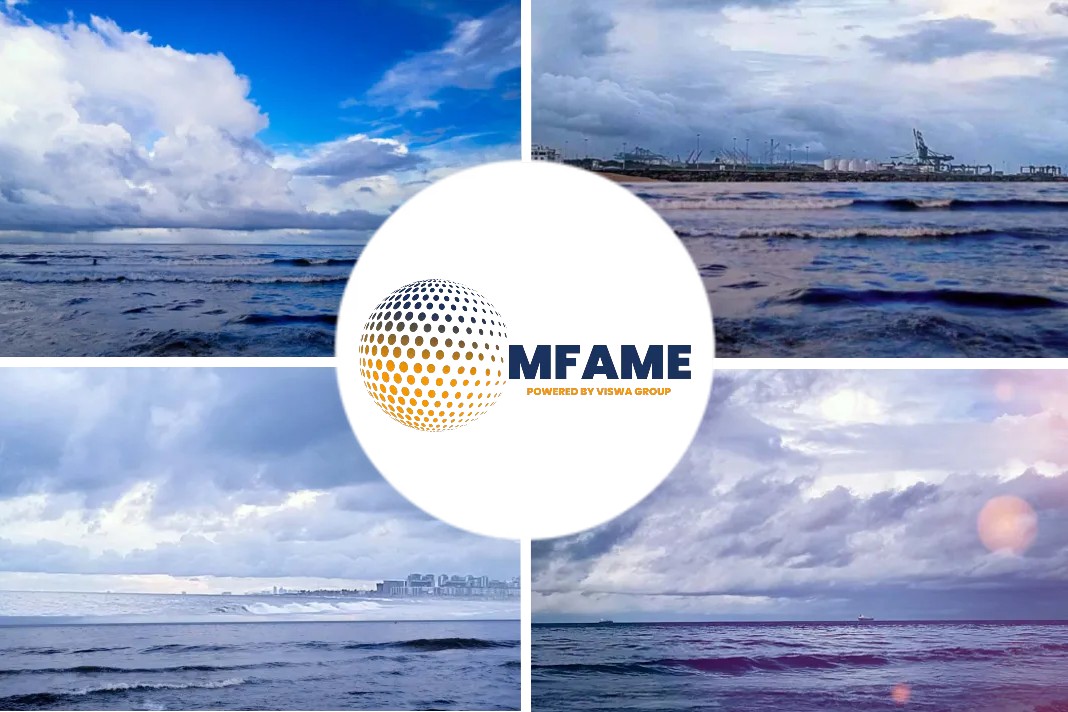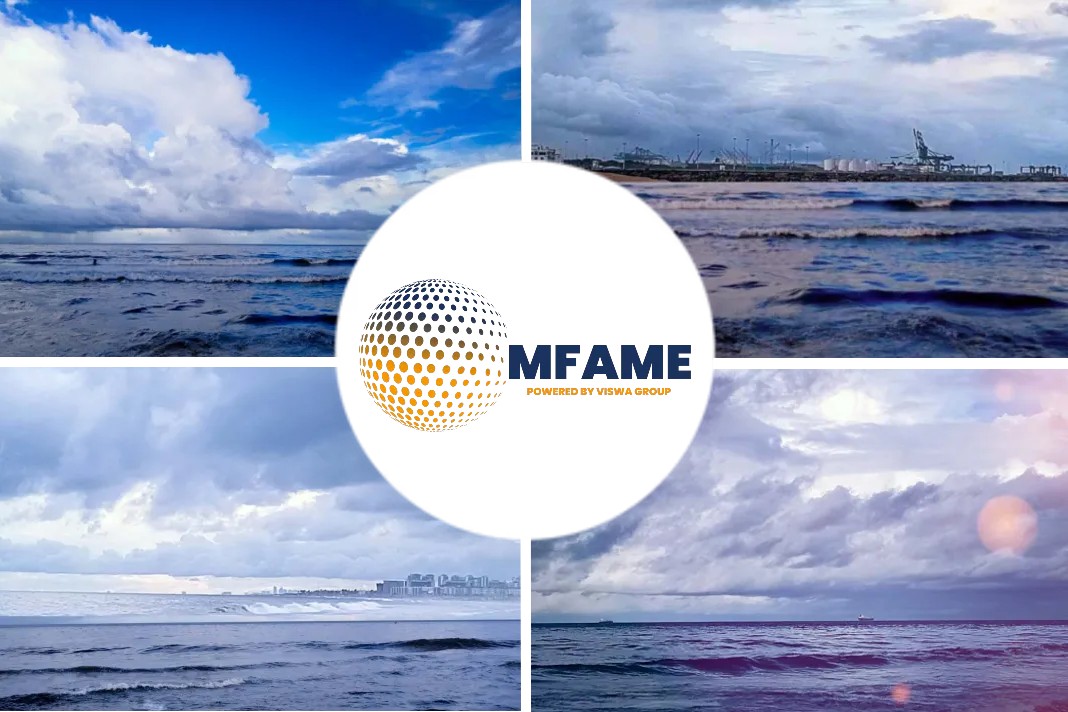- Ships are exposed to rapid change ever faster by regulations and technological advances. Engineering consulting firm Exponent says no need to panic.
- Standard methods for fuel testing and compatibility testing does not guarantee fuel is free of contaminants and fitness. Adopting tried-and-tested practices is a way forward.
- As industry enters a multi-fuel, multi blended fuel world, ideal solution would be to keep different fuels segregated in separate tanks.
- Transparency in Supply Chain, Quality Control System and Professionalism in industry will protect industry from something going wrong.
While the market is watching, the traditional notion of a ship is getting revolutionized by regulatory and technological changes. Chris Dyson, US-founded engineering consulting firm Exponent says, “there is no need to panic” reports Ship and Bunker.
No need to Panic
 The traditional notion of a ship is transforming before our eyes driven by regulatory and technological changes. This has left engineering and science playing catch up, says a maritime consultant.
The traditional notion of a ship is transforming before our eyes driven by regulatory and technological changes. This has left engineering and science playing catch up, says a maritime consultant.
With his expertise in Marine fuel sector, Chris Dyson says there is no need to panic. “Vessels are being exposed to rapid change pushed ever faster by a range of factors from regulatory drivers to technological advances,” Dyson told Ship and Bunker in a telephone interview.
Do tests guarantee fuel fitness?
Standard methods for testing fuel to see to if it is up to scratch are available and have been for a while.
One of the problems is that specific testing to the ISO8217 standards, in what Dyson calls table 2 testing, gives only limited results and does not guarantee that a fuel is free of contaminants and fit for use.
It’s a concern once the 0.5% global sulfur cap comes into force in 11 months’ time and the industry enters a multi-fuel, multi blended fuel world.
Compatibility tests
Another problem is that two fuels which have both tested to be ISO compliant may not be compatible, says Dyson. Present compatibility tests may not overcome this problem.
Since there is not enough information about these new fuels to determine the potential extent of problems, is it the time to start panicking? Dyson says, “No need to press the panic button”.
Tried-and-Tested
Leaving aside whether or not onboard testing will be fit for purpose, there are ways around it.
“An ideal solution would be to keep different fuels fully segregated in separate tanks.” In other words, adopt tried-and-tested practices as one way forward.
Even with storage segregation, a crunch point will come when changing from one fuel to another, so extra vigilance would be required.
Transparency in Supply Chain
Stepping back from operational pressures, Dyson makes a more general point. The supply chain leading up to a specific bunker operation can be long:
From refinery → supply to reseller → supplier to ship
“More transparency throughout the supply chain would help,” he said. As would quality control systems to protect against something going wrong.
Professionalism in industry
Keld Demant, who heads Bunker Holdings, made it clear at the International Bunker Industry Association conference in Copenhagen in November that given what is ahead, bunker companies must embrace professionalism.
At the same event, Monjasa’s chief operating officer, Svend Stenberg Molholt, said that bunker companies need to re-engineer their business models to thrive in a dynamic market.
Dyson pointed out, bunker companies that are re-thinking how their businesses should work will be the ones best able to adapt to the constant and rapid change that has become a permanent feature of 21st century bunkering.
Did you subscribe for our daily newsletter?
It’s Free! Click here to Subscribe!
Source: ShipandBunker


















